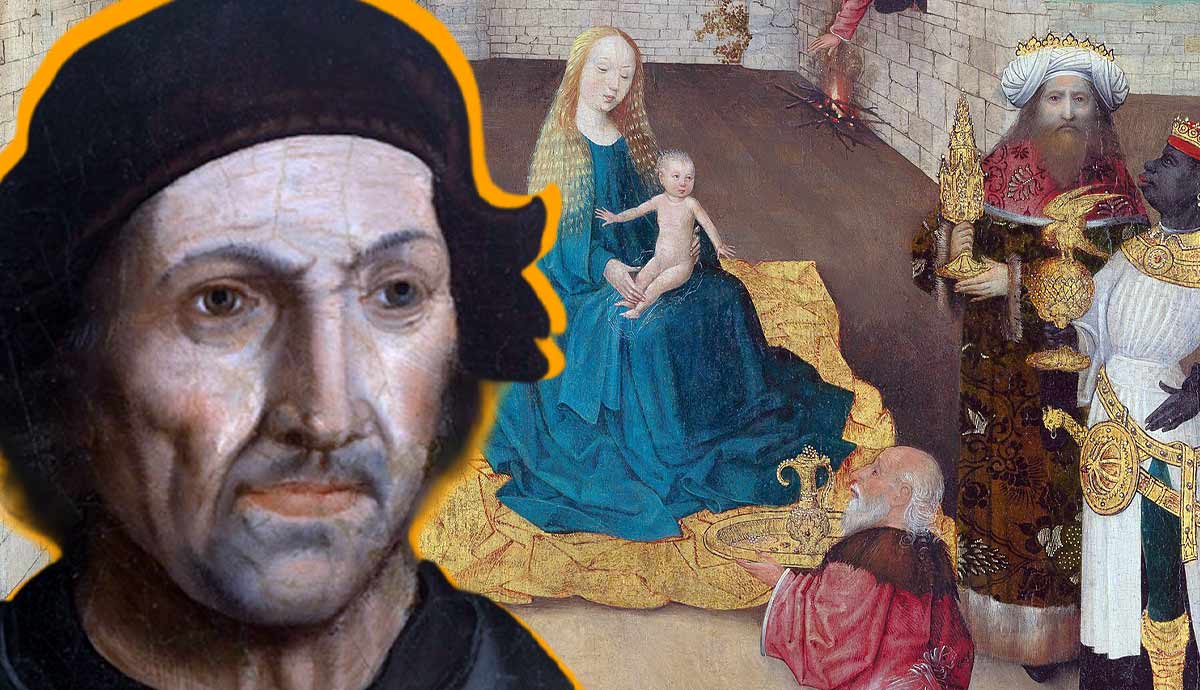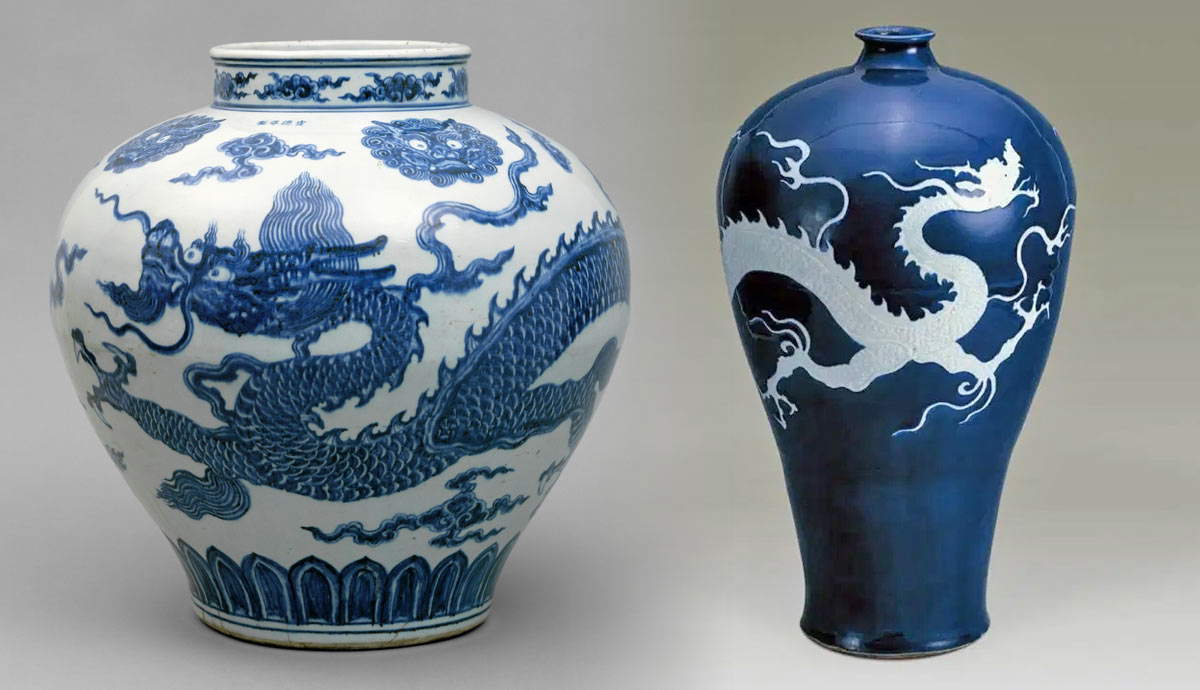
Rei Kawakubo is the founder of the Comme des Garçons brand and one of the most famous designers of her generation. Kawakubo was one of the first designers to experiment with deconstruction and to question the traditional relationship between body and garment. Read on to learn 10 important facts about the famous Japanese avant-garde designer Rei Kawakubo and her impact on fashion.
1. Rei Kawakubo Never Studied Fashion

Rei Kawakubo is one of the most influential fashion designers in the world, and yet, she has never studied fashion design professionally. Born in 1942 in Tokyo, she studied literature and arts at a university arranged by Western standards of education. After graduation, she began working as a fashion stylist but was unable to find clothes that matched her creative vision. This was the first impulse for Kawakubo to create her own line of clothing. The name for the brand was allegedly taken from a popular French song of the time. However, this remains unclear, as Kawakubo never explained her choice.
2. She Wears a Uniform

Rei Kawakubo has her own signature look that remains unchanged for decades—a black bob with bangs, dark glasses, and a totally black outfit. Like many designers, she prefers to wear a uniform because it frees her from the need to choose and construct her outfits, freeing emotional and intellectual resources for work.
Most interpretations and explanations of Rei Kawakubo’s work found online are nothing but speculations, as Kawakubo herself rarely appears in public and almost never speaks about her work. She believes that a fashion designer should never be a celebrity to not lose grasp of their originality and the needs of their business. Kawakubo’s husband, Comme des Garçons president and the co-founder of the Dover Street Market concept store Adrian Joffe frequently takes her place to communicate with the press.
3. She Was One of the Pioneers of Deconstruction in Fashion

From the 1980s, Comme des Garçons focused on anti-fashion. This term usually relates to designer garments that reject the idea of trends and fashions, instead focusing on the expressive potential of the garment. Occasionally, anti-fashion pieces may ironically transform into trends when picked up by more mainstream brands. However, anti-fashion is a technically complex and expensive form of art that could never be replicated in mass production.
Rei Kawakubo was one of the first designers who embraced the idea of deconstruction in fashion—a deliberate attempt to pull apart and dissect traditional ways of garment construction. Kawakubo manipulated padding, exposed seams, and distressed fabrics specifically to question the boundaries of artistic and aesthetic involvement.
4. Journalists Dubbed Her Early Collections “Hiroshima Chic”

Rei Kawakubo’s European debut happened in Paris in 1981. By that time, she was already a respected and successful designer in Japan, but she was almost unknown in the West. Her unconventional silhouettes, exposed trims, and distorted forms caused a stir among the French press, who, rather indelicately, dubbed it “Hiroshima Chic.” At the time, she worked closely with another famous Japanese designer and her romantic partner at the time Yohji Yamamoto. Similarly, Yamamoto works with deconstruction but closely works with traditional techniques of sewing and dyeing.
Despite the direct association fashion critics built between Kawakubo and Japanese culture, she always insisted that her sources of inspiration had nothing to do with the place where she was born. She rejected the tradition of both modern Western fashion and the traditional Japanese silhouette that was explored by some of her contemporaries. Her idea was to create something entirely new that had never existed before.
5. She Manipulates Human Body Proportions

Unlike many famous designers, Rei Kawakubo is not interested in “flattering” silhouettes or forms that highlight “natural beauty.” Her concern is to transform traditional expectations of dress and body, questioning all forms of standards and conventions. One of her most famous and scandalous collections, titled Dress Meets Body, Body Meets Dress, relied on the unconventional application of padding with lumps and extra volume in unexpected areas like the back or the abdomen. By distorting the shape, Kawakubo questioned the construction of women’s silhouettes by garments and our perception of realism and artificiality.
6. She Inspired an Entire Subculture in Japan

Inspired by the all-black designs of Rei Kawakubo and Yohji Yamamoto, Japanese youth developed a distinctive movement of Karasu Zoku—layered androgynous outfits in total black that opposed conventional fashion. When worn by women, Karasu Zoku (translated as “crow tribe”) presented an aggressive antithesis to the cute and feminine aesthetics, which was popular in Japanese fashion. At the time, wearing total black was seen as a non-conformist and even provocative act in Japan, as this was the color culturally reserved for funerals. After Yamamoto and Kawakubo, the aesthetics spread globally, and today remains one of the most prominent influences in conceptual fashion. However, due to later association with violent street gangs, the Japanese prefer to use the term with caution.
7. She Raised Generations of Famous Designers

Rei Kawakubo has a unique approach to emerging creative minds and is ready to give them the opportunity to present themselves. In 1984, a young designer, Junya Watanabe, joined the CDG team as a patternmaking apprentice. Eight years later, he was still with the brand, launching his own eponymous line of clothing. Today, Watanabe is one of the most famous Japanese designers who uses technological innovation to revolutionize the form and function of clothing.
Another star discovered by Rei Kawakubo was Gosha Rubchinskiy, a Russian-born designer known for his revolutionary approach to streetwear and the introduction of post-USSR cultural codes into global fashion design. The list of names inspired by Rei Kawakubo includes Alexander McQueen, Martin Margiela, Ann Demeulemeester, and many others.
8. Jean-Michel Basquiat Modeled Her Clothes

Rei Kawakubo’s creative thinking has been attracting the most creative and unconventional minds for generations. The famous Neo-Expressionist artist Jean-Michel Basquiat was a fan of Kawakubo’s style. Basquiat rose to fame suddenly in his early twenties and almost immediately developed an obsession with designer clothes, leaving abnormal amounts of cash in designer boutiques. Still, his love for Comme des Garçons went beyond his admiration of other brands, as he shared the brand’s view on unconventional proportions, irony, and manipulation with form.
In many of his later-year photographs, he appeared in an oversized black overcoat coat by Comme des Garçons that he basically lived in. After Basquiat’s death, the coat was stored in the house of his ex-girlfriend’s mother, who then sold it to a local second-hand store. In 2018, the coat suddenly appeared on the contemporary art market and was sold for $28,000.
In 1987, Rei Kawakubo invited Basquiat to walk as a model for her new collection presented in Paris. However, Basquiat’s possible long-term collaboration with Comme Des Garçons was shattered by the artist’s heroin addiction spiraling out of control. Just months after the show, Basquiat died from an overdose in his New York apartment rented to him by Andy Warhol.
9. She Creates Strange Perfumes

Rei Kawakubo does not consider himself an artist. In fact, her scope of work is way wider than simply clothes design. Even at 82, she continues to manage all processes within her company, from boutique interiors to perfume production. When it comes to perfumes, Kawakubo approaches them with the same idea in mind as with clothes: the interaction with a living and moving body transforms the product, giving it life and function.
Comme des Garçons’ perfume bottles are instantly recognizable by their irregular pebble-like shape. The scents are complex and usually rely on non-organic smells like metal, ink, nail polish, or burning tires. Some compositions are hard to wear daily and act like conceptual artistic expressions rather than functional perfumes.
10. The Met Organized a Show in Honor of Rei Kawakubo

The 2017 Costume Institute Benefit, popularly known as the Met Gala, was dedicated to Kawakubo’s design vision. This was the second time the gala celebrated a designer who was still alive and working. The only person who received such an honor before was Yves Saint Laurent in 1983.
True to her image, Rei Kawakubo’s attendance at the celebration in her own honor was brief and quiet. Unfortunately, of all the celebrities invited to the annual event, only a few of them were brave enough to question the conventional beauty standards and wear signature Comme des Garçons pieces.











